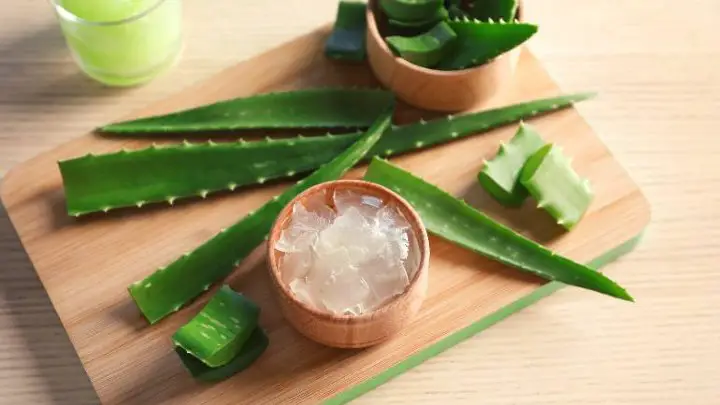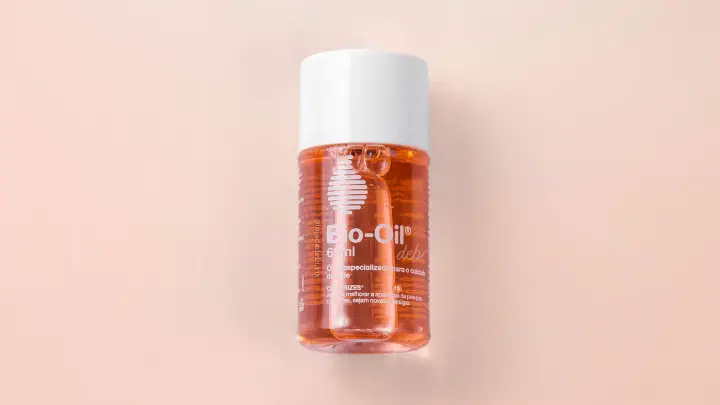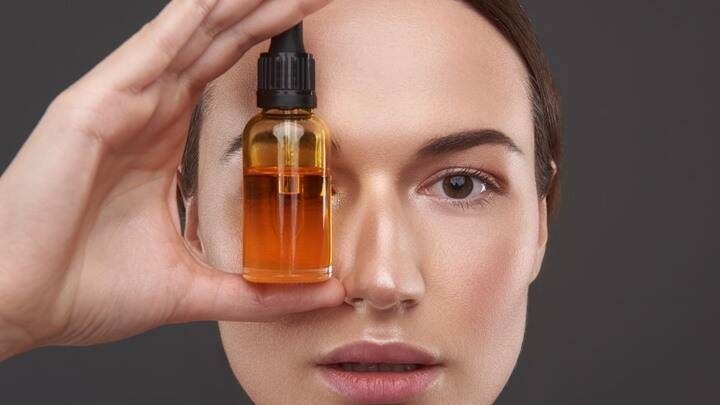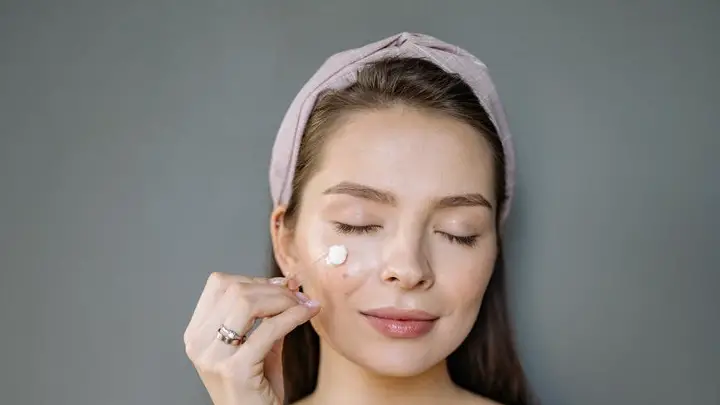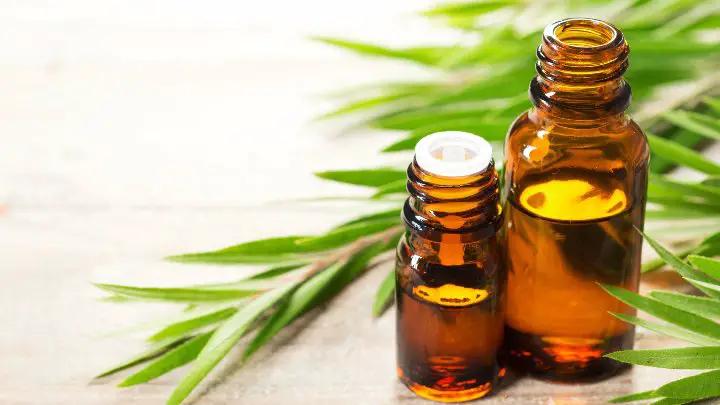Have you heard about the many benefits of using aloe vera to care for your skin? Aloe vera is a miracle plant and can benefit the health and beauty of your skin in many ways.
We all want to look like we just got back from a Hawaiian vacation, right? Maybe not, but the fact remains that you want to improve the appearance of your skin. And one of the best natural ingredients for doing that is aloe vera gel.
This article will help you understand the benefits of aloe vera in skincare and why you should start using it to care for your skin.
What Is Aloe Vera?
Aloe vera is a succulent plant that belongs to the lily family, and people have used it for centuries in folk medicine. It is also known as the “plant of immortality,” and it was used by Cleopatra as a beauty treatment.
Experts consider it one of the best skincare ingredients because it soothes, moisturizes, and rejuvenates your skin. The aloe vera gel contains enzymes and compounds that help with healing as well as anti-aging effects.
Aloe vera gel is a natural remedy for relieving itching and restoring moisture to your skin if you have a burn or heat rash. It may even help with more serious skin conditions, such as psoriasis and eczema.
Aloe Vera Benefits for Skin Care
1. Natural moisturizer
Aloe vera gel is a natural moisturizer. It helps to reduce dryness by adding moisture back into your skin cells, sealing in moisture, and preventing the loss of moisture through evaporation.
You can also use it in combination with other natural ingredients such as shea butter and jojoba oil to create a moisturizer that can help reduce and even prevent aging signs.
How to use it: Apply directly to your skin in the morning, and at night before going to bed.
2. Helps with acne
Aloe vera is one of the best natural remedies for acne, as it soothes your skin and reduces inflammation. The anti-inflammatory and antibacterial effects of this plant help you get rid of pimples, boils, cysts, blackheads, whiteheads, and other types of acne.
Also, because aloe vera contains salicylic acid, it acts as an exfoliant, removing dead skin cells that could clog pores and cause acne breakouts. This helps prevent new breakouts from forming.
How to use it: Massage freshly extracted aloe vera juice into your face and leave it on overnight. Repeat once daily until your face has cleared.
3. Treats scars
Aloe vera gel is great at reducing the appearance of scars caused by acne or cuts because it has natural collagen-boosting properties. The scar will turn into a smooth area free of bumps or lumps.
How to use it: Apply fresh aloe vera gel to your scar once every day and you should notice a reduction in the appearance of scarring within 3 months.
4. Soothes cuts and bruises
Aloe vera contains a lot of healing properties, which help in soothing cuts and bruises. It is also loaded with antioxidants that help rejuvenate your skin.
So if you have any kind of skin bruises or cuts, apply aloe vera gel on the affected area to relieve pain and speed up healing time.
How to use it: Apply fresh aloe vera gel to the cut or bruise daily. The healing process will begin immediately. Although the spot may look darker for a day or two, it will gradually heal.
5. Reduces under eyes dark circles
Aloe vera is likely the most popular home remedy for under-eye dark circles. It’s also very effective. This plant contains vitamins and minerals, all of which provide great relief from dullness and darkness under the eyes while reducing puffiness.
How to use it: Apply fresh aloe vera under your eyes, and on your eyelids, with your fingers or a cotton swab. Leave it for at least 20 minutes before rinsing it off with warm water.
6. Treats burns
The anti-inflammatory effects of aloe vera gel can help reduce pain caused by burns and other skin irritations. It also helps reduce swelling, redness, and blistering associated with minor burns.
How to use it: Place some aloe vera on the burn and cover it with a non-stick bandage to prevent infection and encourage healing. You’ll likely see results in a couple of days or less.
7. Aloe vera soothes psoriasis
Studies show that aloe vera gel may help treat symptoms of psoriasis. Its anti-inflammatory properties help reduce inflammation of the skin caused by psoriasis flare-ups. This results in reduced redness and scaling of the skin.
How to use it: Put some aloe gel directly on the affected area and leave it on for 30 minutes before washing it off with warm water.
8. Treats sunburns
Aloe vera is one of the most popular ways to treat sunburns for good reason. It reduces swelling, itching, and redness. The gel from the plant’s leaves also replenishes moisture in the skin, which is helpful because sunburns can make the skin feel dry and tight.
Applying aloe vera to sunburn after it has occurred may not completely prevent blistering, but it will help with healing and reduce redness and pain.
How to use it: Apply raw gel or homemade aloe vera lotion directly onto the sunburn and leave it on for 20 minutes before washing it off with warm water.
9. Relieves eczema
Aloe vera is perfect for soothing rashes that occur due to eczema or other related skin conditions. This will provide instant relief and help prevent further irritation and dryness caused by scratching the rash.
How to use it: Put the gel on your skin at night before going to bed and wash it off the next morning with warm water.
10. Protects against harmful UV rays
Aloe vera contains antioxidants such as vitamin E, which helps fight free radicals in UV rays that can cause inflammation and lead to cancer. So if you want to protect yourself from the sun while also reducing your risk of getting cancer, try aloe vera.
How to use it: Apply aloe gel on the exposed areas of your skin before going out during the day.
Note: Aloe vera gel is not a replacement for sunscreen, so ensure to use sunscreen for extra UV protection
How to Obtain Fresh Aloe Vera Gel
- Cut a leaf from a fresh aloe plant with a sharp knife, and sever it from its roots. Be careful not to damage the inner flesh of the leaf, which is where we will get the gel.
- Remove the outer green skin of the leaf using a sharp knife. The skin contains bitter properties and can cause irritation when applied directly to the body. Remove any thorns if they exist.
- Carefully scoop out the clear gel, discarding any brownish pithy substance that may remain in the opening.
- Store your harvested gel in a glass jar or a small container then transfer it to a refrigerator once opened as it will last longer in cold storage.
The gel will last for about five days in your refrigerator before it turns brownish or starts to smell funny. If this happens, throw out what’s left and make another batch to store in there instead.
How to Choose an Aloe Vera Plant
When choosing between aloe vera plants, you want to look for the freshest plant that you can find. It should also have tightly packed leaves with no noticeable spots or decay.
As an additional precaution, try to choose a plant that has not been genetically modified. After purchase, ensure to move the plant into a brightly lit area with plenty of airflow.
Can You Have Allergic Reactions to Aloe Vera?
An allergic reaction to aloe vera is rare, but it can occur when you have an allergy to one of the plant’s main ingredients: latex.
Symptoms of an allergic reaction include; hives, burning or stinging sensations, rashes, blisters, swelling or puffiness around the eyes, face, or lips, difficulty breathing; and tightness in the chest or throat area.
Are There Any Side Effects?
Aloe vera’s side effects can vary from mild irritation to severe skin problems, like itching and rashes. Here are some of the most common aloe vera side effects:
- Erythema. This is a redness of the skin that occurs when you use an aloe vera product. It typically causes a stinging sensation and can also lead to peeling and other issues.
- Itching. Some people find that aloe vera causes them to itch all over their bodies, sometimes severely. It can be very uncomfortable, especially when it’s in areas like the face, where there’s no way to stop scratching.
- Contact dermatitis. People with sensitive or dry skin may develop contact dermatitis after using aloe vera products. This is a rash that appears as red bumps on the skin and can be quite painful if you scratch it.
If you experience any of these symptoms after applying aloe vera to your skin, discontinue use and consult your doctor.
FAQs
Can you apply aloe vera to your skin daily?
Yes, you can. Aloe vera has many vitamins and antioxidants that can help repair damaged skin cells and restore the normal balance of your skin’s moisture.
In addition, aloe vera can also help reduce inflammation and irritation associated with acne, boils, and other skin conditions. By using aloe vera daily, you can care for your skin, fight wrinkles and also improve your skin tone.
Can you use aloe vera as a moisturizer?
Yes, you can. Aloe vera is both a hydrating agent and an emollient, which means it helps the skin retain moisture.
You can apply it directly to your skin or mix it with other natural ingredients like glycerin, rose water, and honey to make a soothing moisturizer.
Does aloe vera help with acne?
Yes, it does. Aloe vera can help to treat acne because it has antibacterial properties that reduce the growth of acne-causing bacteria. When applied regularly, it can also reduce inflammation and redness while preventing new breakouts.
Applying aloe vera gel to your acne spots is an excellent substitute for chemical-based treatments that dry out the skin, such as benzoyl peroxide or salicylic acid.
Conclusion
There are countless benefits to using aloe vera for skincare, including reducing dark under-eye circles, moisturizing skin, and protecting the skin from sun damage.
Aloe vera can also help prevent signs of aging, soothe irritations, heal wounds and improve skin texture. In addition, this plant is so beneficial that it has a positive impact on multiple skin conditions, including acne, eczema, and psoriasis.
If you’re looking for natural skincare ingredients for your daily routine, then aloe vera is a good place to start from.
Thanks for reading.
Visit Serum101 to learn more about the benefits of aloe vera for your skincare routine.
